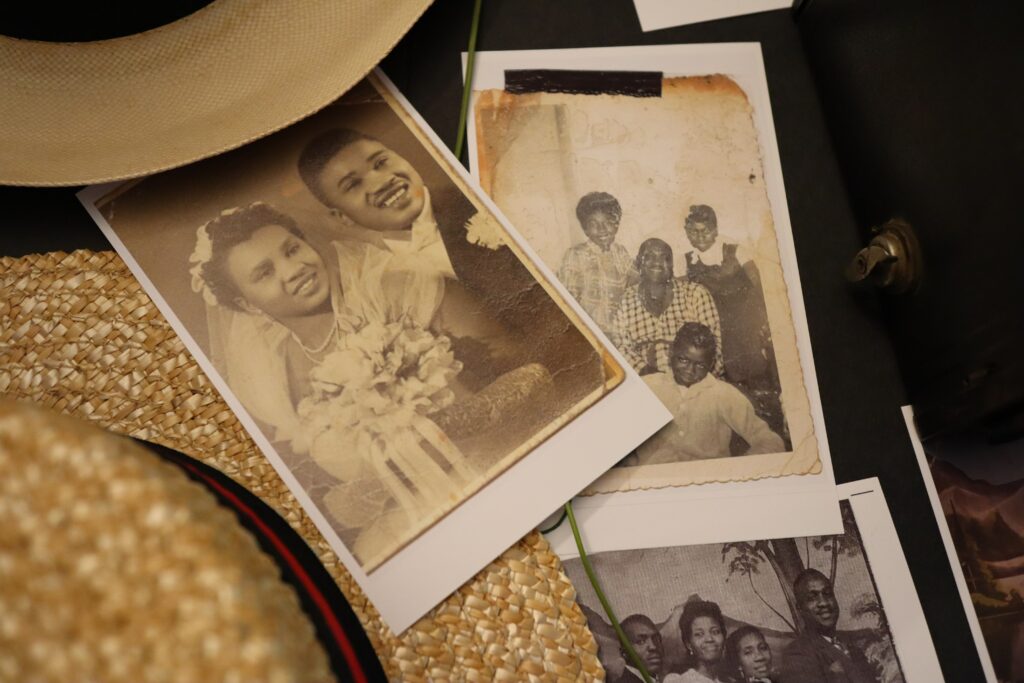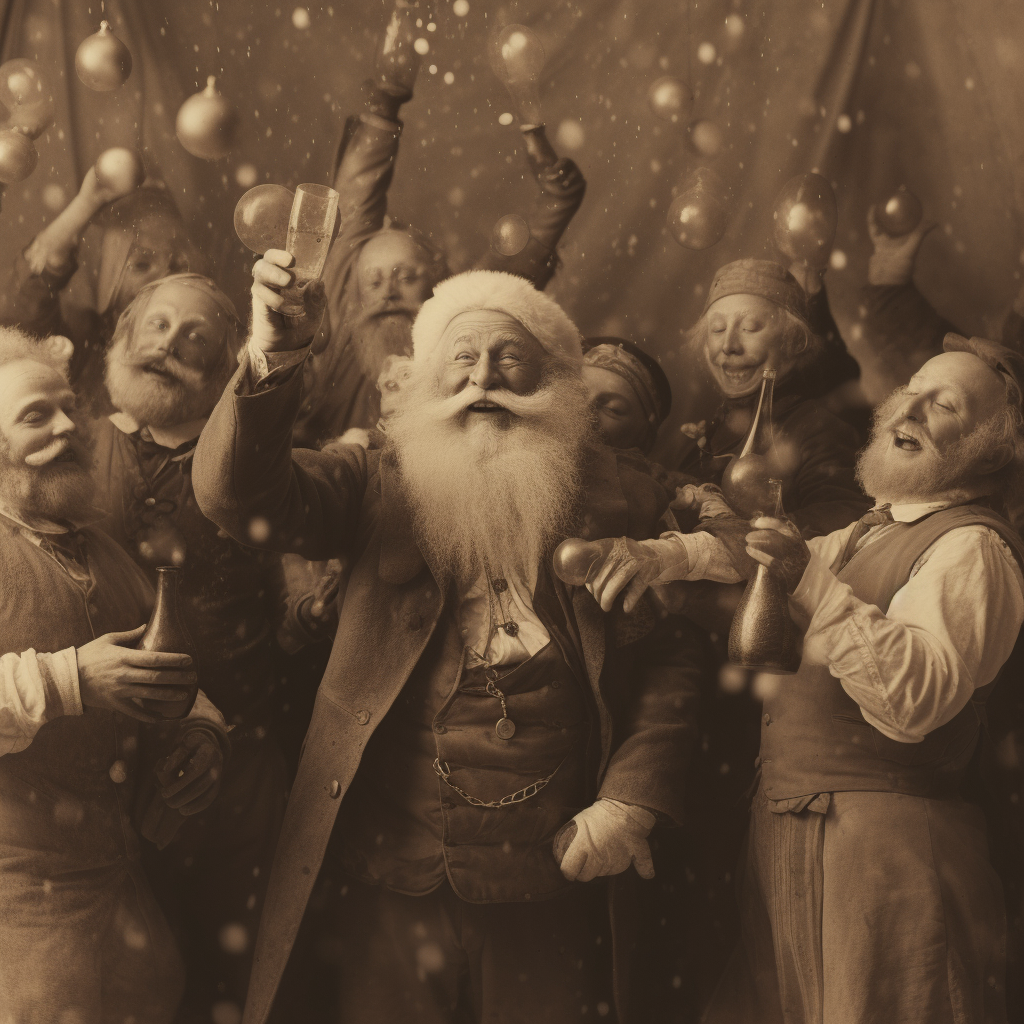Getty Images stands out as a global leader in visual communications. Founded in 1995, it serves as a treasure trove for high-quality images, videos, and music. But there's much more beneath the surface, especially regarding its extensive archive of photographs—many dating back over 50 years. So, why should we care about these older images? Well, they hold incredible historical significance and offer a glimpse into the past, being crucial for researchers, marketers, and creatives alike. Let’s dive into what makes these archives so valuable and how Getty Images manages them.
The History of Getty Images and Its Collection

Getty Images wasn't just established overnight. Its journey began with the vision of Jonathan Klein and Mark Getty, who aimed to create a resource where individuals and businesses could find and license images easily. Here's a brief timeline of key milestones in Getty's history:
- 1995: Getty Images was founded.
- 2000: The company went public, solidifying its place in the stock photography industry.
- 2008: Getty Images expanded its collection through acquisitions of various independent image libraries.
- 2012: The firm launched the Getty Images Gallery to showcase iconic photographs.
- 2017: The company embraced emerging technology, exploring AI for image recognition.
Over the decades, Getty Images has built an impressive collection of over 200 million assets, which include a vast archive of photographs. These archive photos are significant not just for their artistic value but also for their documentary importance. Many of these images feature historical events, cultural milestones, and pivotal moments in time that shape our understanding of the past.
Moreover, Getty meticulously curates its archive, ensuring that it is well-preserved and easily accessible to the public. This effort not only democratizes access to historical images but also generates interest among younger generations. In a world where visual storytelling reigns supreme, understanding the ownership and significance of these older images becomes essential.
Also Read This: How Getty Images Operates – A Comprehensive Guide to Licensing, Contributions, and Payments
How Archive Photos Are Licensed by Getty Images

When it comes to licensing archive photos, Getty Images employs a comprehensive and structured approach that ensures both the protection of their assets and the rights of their clients. The licensing process is designed to be user-friendly while maintaining a robust legal framework. Let’s break it down:
- Types of Licenses: Getty offers a few different types of licenses, including rights-managed (RM) and royalty-free (RF). With an RM license, clients typically pay for the specific usage of the image, while RF allows broader usage with a one-time payment.
- Usage Rights: Each license comes with specific usage rights. For example, you might be permitted to use the photo in a limited geographic area or for a defined period. Always read the terms carefully!
- Fees: Pricing can vary widely depending on factors such as the type of license, the image’s popularity, and the intended usage. Often, unique or highly sought-after images come with a higher price tag.
- Content Control: Getty maintains strict control over its archive, ensuring that images are used appropriately and legally. They regularly monitor usage to combat unauthorized exploitation.
- Turning to the Archive: For images over 50 years old, the process may shift slightly, but Getty has a firm grip on the historical value and the licensing of these resources.
In essence, licensing with Getty Images is not just about a transaction; it’s about maintaining artistry and protecting the rights of photographers while ensuring that you, the user, can find the images you need—legally and conveniently!
Also Read This: How to Acquire Getty Images Without Watermark Tips from Tumblr Users
The Legal Framework Surrounding Ownership and Licensing

Understanding the legal aspects of ownership and licensing when it comes to archive photos—especially those over 50 years old—can feel like navigating a labyrinth of rules and regulations. However, knowing the framework can simplify your experience significantly. Let's dive deeper into this complex topic:
| Aspect | Description |
|---|---|
| Copyright Duration | Generally, copyright lasts for the life of the creator plus 70 years. However, images taken before 1978 are subject to different rules. |
| Public Domain | Archive photos older than 50 years may fall into the public domain, eliminating licensing fees. However, confirm the specifics since “public domain” doesn't apply universally. |
| Rights-Managed vs. Royalty-Free | Different licensing options carry different legal implications regarding usage and distribution, necessitating careful selection based on your needs. |
| Fair Use | In some cases, images may be used for educational or non-commercial purposes under fair use, but the rules can be complex. |
| International Laws | Depending on where you are located, international copyright laws may also impact image licensing and ownership. |
Overall, navigating the legal framework surrounding the ownership and licensing of archive photos isn't just about understanding licenses; it’s about respecting the rights of creators, adhering to laws, and making informed decisions as you use those fascinating images from the past. It's always smart to consult legal experts when you're unsure—better safe than sorry!
Also Read This: How to Locate Your Photos on Getty Images as a Contributor
5. Modern Implications for Creators and Buyers

Understanding the ownership dynamics of archive photos over 50 years old has become increasingly important for both creators and buyers in today’s digital landscape. Getty Images, one of the largest suppliers of stock images, has specific licensing practices that can impact how creators monetize their work and how buyers can legally use historical photographs.
For creators—be it photographers, artists, or researchers—it's vital to grasp how copyright and licensing relate to older images. Here are some key implications:
- Copyright Duration: Works published before 1978 are typically protected for 95 years from publication, which means creators can't freely use these images without securing rights.
- Attribution Requirements: Even when archive photos seem 'public domain,' they may still require attribution to Getty Images, complicating the creative process.
- Monetization of Work: If a creator wishes to use an archival photo in their new work, they may need to pay for licenses, affecting budgets and pricing strategies.
For buyers—companies, marketers, or individuals looking to use these images—the implications are equally significant:
- Legal Consequences: Using a photo without proper licensing can lead to lawsuits or hefty fines, so understanding Getty's ownership is crucial.
- Access to Quality Content: Getty Images also provides a platform for high-quality, professionally curated images that can boost marketing campaigns.
- Pricing Structures: Buyers must be aware of various pricing models Getty employs, such as subscriptions and single-image purchases, to find the best fit for their needs.
Ultimately, both creators and buyers must navigate these complexities carefully to ensure they operate within legal parameters while still engaging with rich historical content.
6. Conclusion: The Future of Getty's Licensing Practices
As we look ahead, the future of Getty Images' licensing practices seems poised for evolution, reflecting broader shifts in the digital landscape and market dynamics. With the rise of AI-generated content, social media, and a growing emphasis on ethical sourcing, several key trends are emerging.
First and foremost, we can anticipate a greater transparency in how Getty manages its archive collections. As buyers become more discerning, they will demand clarity in licensing agreements, pricing models, and usage rights. Getty may respond by simplifying its licensing processes, making it easier for users to navigate.
Moreover, with the increasing influence of user-generated content, there's a possibility that Getty could adapt by allowing more flexible licensing options for creators. This might include:
- Tiered Pricing: Offering different pricing models to cater to various budgets and usage needs.
- Expanded Licensing Rights: Providing broader usage rights for image buyers, allowing for easier integration into modern platforms.
- Collaborations: Partnering with independent artists and creators to promote a wider range of archival photos.
Lastly, as discussions around copyright and public domain laws continue to evolve, Getty Images may have to rethink its strategies. This could involve re-evaluating licensing terms for images nearing the expiration of their copyright protection.
In conclusion, as Getty Images maneuvers through these changes, it's essential for both creators and buyers to stay informed and adaptable. The licensing landscape may be complex, but it is also full of opportunities for those willing to engage with it thoughtfully.
 admin
admin








